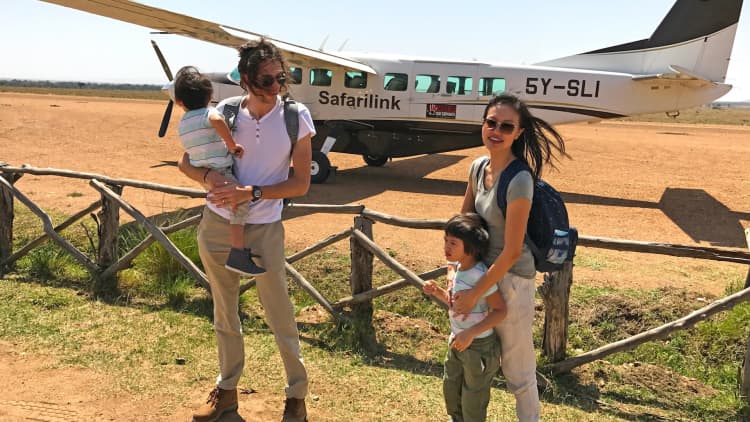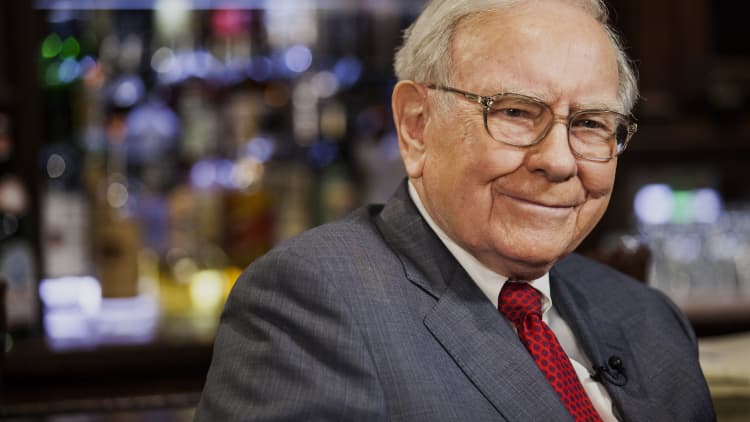If you really care about frequent flier miles, you end up doing all sorts of crazy things. The simple stuff is or organizing your flight schedule around high-mileage promotions — but soon you're using dummy transactions to pump even more miles out of the card or buying an empty seat on a flight just because the miles are worth more than the cash.
Once you get a taste for it, you spend an alarming portion of your time concocting more of these schemes, and scouring forums like Flyertalk for tips on any mile-churning tricks you might be missing out on.
This week, the Oxford Internet Institute published a new paper on the internet subculture of mile-churning, and it's a surprisingly good introduction to the subculture.
More from The Verge:
Google's new browser experiment lets you learn about basic AI
This music video uses industrial robots as stand-in musicians
This 200-million-year-old baby ichthyosaur died with a belly full of squid
You'll hear about the infamous Phillips Pudding Gambit, in which David accumulated 1.2 million miles by purchasing 12,150 cups of pudding that had been erroneously marked as individual purchases, thus achieving a legendary cost-per-mile of .25 cents.
There's also the less well known Emmi Cheese Contango, in which a consortium of speculators purchased 1260 wheels of Emmi Swiss Gruyere for a slightly higher CPM of 1.2 cents.
There's also the well-worn trick of buying things that look like purchases, but are really transfers, like dollar coins or money orders. Apparently as much as $12 million in Kiva funding has come from high-mileage credit cards, an unexpected boon for the microloan business.
Of course, most of that value is coming out in the form of credit card fees. Merchants are paying 1.51 percent plus ten cents for each Visa transaction, some of which gets shuttled back to the consumer in the form of miles. But it's a nice trick while it lasts.

Probably my favorite thing about the paper is the way it jumps back and forth between practical tips for mile-chasers and abstruse academic jargon. The title, which I have avoided until now, describes the research as "Confounding the Code of Global Capitalism." Even something as simple as buying a crap-ton of cheese on the internet is limned for its impact on the materiality of digital space.
As the authors put it:
Although the goal of this transaction was frequent flyer miles, the spatiality and relationality of its code/space was quite complex including negotiation among the consortium members who had never met and the material logistics of shipping, receiving, storing, extracting the coupons (see Figure 3), submitting the paperwork to the vendor, and disposing of the cheese.
True enough, I guess? As I take it, "relationality" is basically a short way of saying that it's kind of weird you spent so much time, effort and material resources shipping this unappetizing cheese across the world just to accrue an obscure corporate-issued currency-token with no meaningful ownership rights or convertibility outside of a single consumer good. It really is weird! I guess we all have our hobbies.
Also, if you've ever wondered what 110 pounds of mileage-fortified Emmi Swiss Knight Gruyere looks like, wonder no more.
Like this story? Like CNBC Make It on Facebook!
Don't miss: Here's how much more money you could make just from joining a frat


